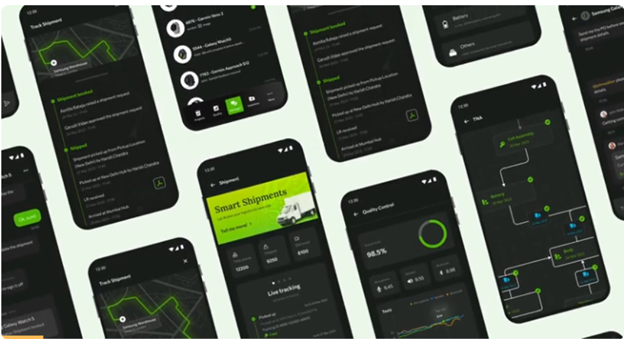
Timely Service Delivery & Incident Resolutions!!
Summary of the Project
Our client, a premier manufacturing company, faced challenges in their quality control processes, leading to inefficiencies and defects. With our expertise in ML data science engineering, product development, and digital transformation, we implemented a top-notch machine learning (ML) solution to reimagine their quality control. This case study outlines the problem, our ML based solution, and the significant improvements in quality control and operational efficiency.
⮚ Industry: Manufacturing
⮚ Services: ML data science engineering, product development, and digital transformation
⮚ Client Location: United States of America


Solution we developed for our client
To address these challenges, we implemented a robust machine learning (ML) solution customized to the client’s specific needs. Our approach targeted multipel elements of software development life cycle:.
● We began by conducting a thorough assessment of the client’s existing quality control processes, identifying pain points and areas for improvement. This involved stakeholder interviews, process mapping, and data analysis to gain a deep understanding of their requirements.
● Then we integrated sensors and IoT devices across the production line to collect real-time data on various parameters such as dimensions, weight, and surface quality of the products. This data was then centralized for analysis.
● Further, we developed and trained machine learning models to analyze the collected data and identify patterns indicative of defects. These models were capable of detecting anomalies in real-time, enabling immediate intervention.
● Utilizing ML algorithms, we implemented predictive maintenance capabilities to forecast potential equipment failures based on historical data. This proactive approach minimized downtime and ensured continuous production.
.png)


.png)
